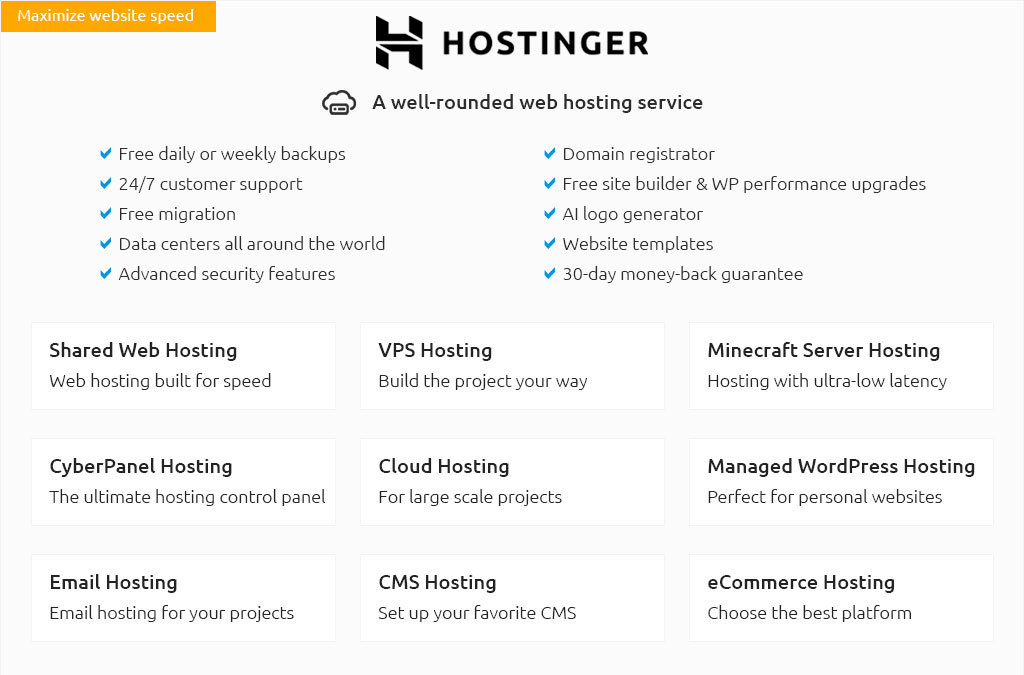 |
|||
 |
 |
 |
|
 |
|
 |
 |
 |
|||
 |
|||
 |
|||
 |
|||
 |
 |
How to Change Hosting Provider: A Comprehensive GuideSwitching your hosting provider can seem daunting, but with careful planning and the right approach, it can be a smooth transition. Whether you're seeking better customer service, enhanced security, or more competitive pricing, changing your hosting provider is a decision that requires thoughtful consideration. Here’s a detailed guide to help you navigate this process seamlessly. First and foremost, evaluate your current hosting needs. Before making any moves, assess what you require from a hosting provider. Consider factors such as bandwidth, storage space, uptime guarantees, and customer support. If your current provider is falling short in any of these areas, it might be time to switch. Once you have a clear understanding of your needs, begin researching potential new providers. Read reviews, compare prices, and check out their features. Pay attention to user feedback regarding customer support and reliability. Remember, the cheapest option isn't always the best. It's crucial to find a provider that balances cost with quality of service. After narrowing down your options, back up your website. This step is critical to ensure that no data is lost during the transition. Most hosting providers offer tools to help you back up your data, but it’s always wise to have a manual backup as well. Next, initiate the migration process. Many hosting providers offer free migration services, but if yours does not, you may need to do it manually. This process involves transferring your website files, databases, and email accounts to the new host. If you're not tech-savvy, consider hiring a professional to assist you. Before finalizing the switch, it's important to test your website on the new server. Check for broken links, missing images, and functionality issues. This step ensures that your website runs smoothly post-migration. Once everything is in place, update your domain's DNS settings to point to your new hosting provider. This change can take up to 48 hours to propagate globally, so be patient and monitor your website during this period to ensure everything is functioning correctly. Finally, cancel your old hosting account. Once you're satisfied with the performance of your website on the new server and the DNS changes have fully propagated, you can safely cancel your old hosting plan. Be sure to check the cancellation policy to avoid any unexpected fees. In conclusion, while changing hosting providers may seem like a complex task, approaching it methodically can lead to a successful transition. Prioritize your website's needs, conduct thorough research, and take advantage of available resources to ensure a smooth and efficient move. With the right preparation, your new hosting environment will better serve your growing online presence. https://m.youtube.com/watch?v=rb0tCldlznI&t=0s
In this tutorial I'll go over 2 methods of how to transfer your website from one hosting company to another. The transfer process is really ... https://www.quora.com/Is-it-possible-to-switch-hosting-providers-without-losing-my-website-content-and-design
After transfer your data, change name server and wait 4872hrs. Then cancel your old hosting. If you want to migrate the data yourself then ... https://support.google.com/a/thread/262038915/changing-web-host?hl=en
If your new webhost does not require you to change DNS providers, you don't need to do anything to keep Google Workspace active. You only need ...
|